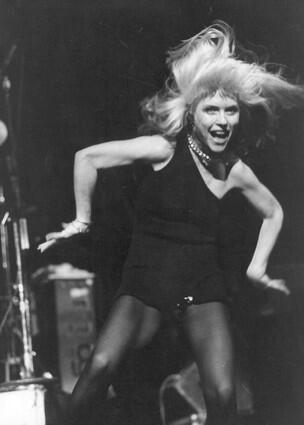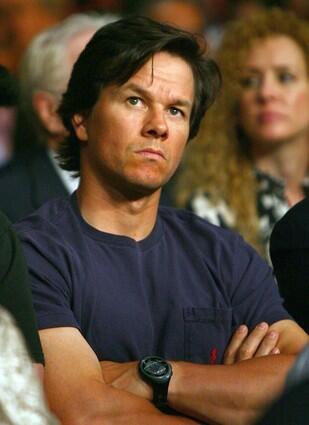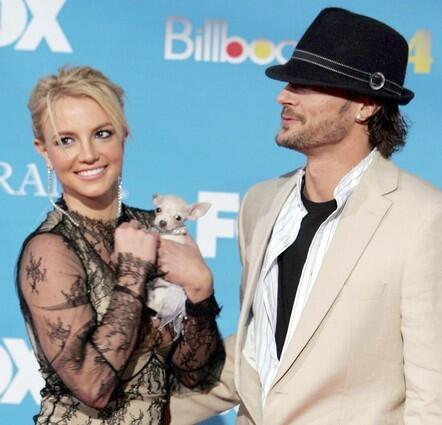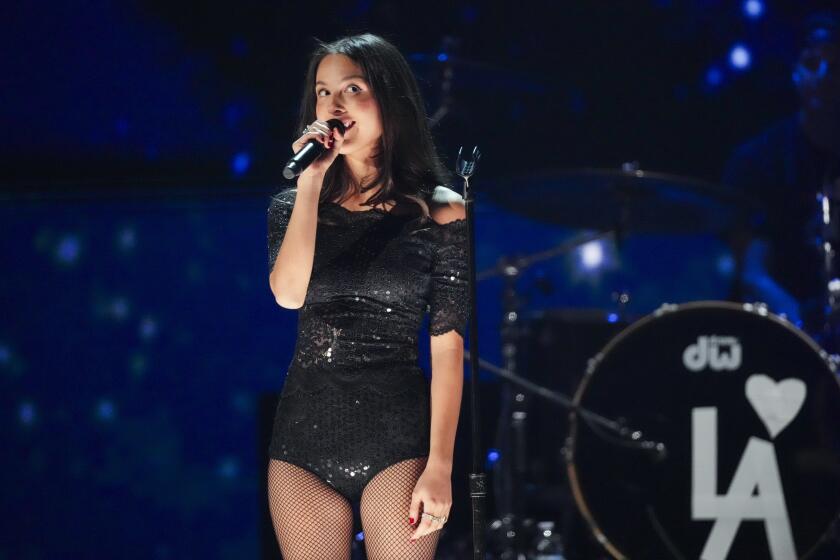A pale history of white rap

By Jeff Weiss
Who can really say who the first white rapper was? But certainly the Beastie Boys were the first to shoot to fame -- and fundamentally alter the genre -- with 1986’s “Licensed to Ill,” in which hip-hop was forced to confront questions of race, audience and inflatable phalluses.
In the wake of those original frat-rappers, music labels throughout the late 1980s and early 1990s sporadically attempted to cash in on melanin-light lyricists, with House of Pain,

Blondie release “Rapture,” with

Lower

1997: Led by rapper El-P, Company Flow drops the classic “Funcrusher Plus,” in the process launching the underground rap movement. (Al Bello / Getty Images)
Advertisement

Paul Wall releases “The People’s Champ,” failing to specify that by “the People,” he merely meant Houston.
2006: Kevin Federline releases “Playing With Fire,” suddenly making everyone remember

Asher Roth drops “Asleep in the Bread Aisle,” a hybrid of the Beastie Boys’ frat-rap and
After a half-decade hiatus,







